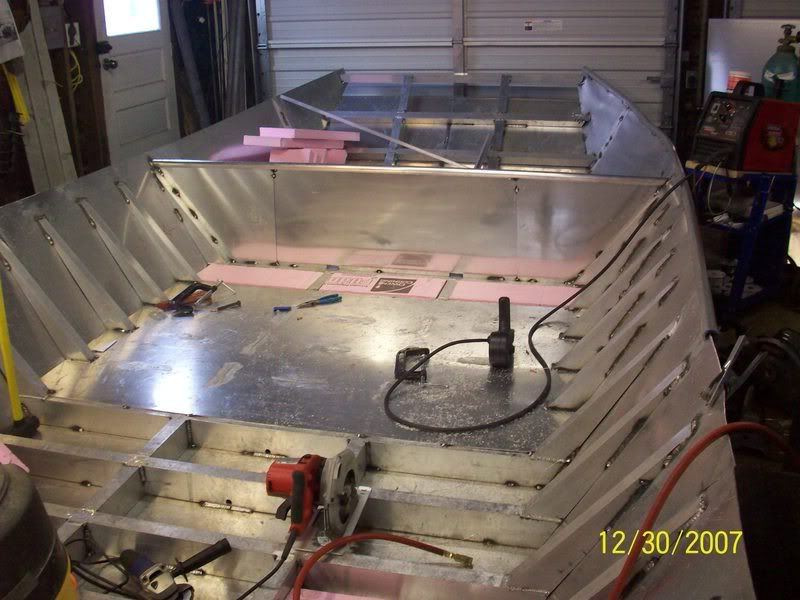rancocasrich
Well-known member
- Joined
- Mar 9, 2009
- Messages
- 50
- Reaction score
- 0
I am replacing the wood floor and carpet on my aluminum boat. The entire floor has been removed and we are cutting the plywood pieces to re-assemble the floor. The boat is in the back yard uncovered. A friend told me today that the rain is probably totally saturating the foam where the skin has been removed. It will make the boat heavier and is unlikely to evaporate. He thinks I may have to remove the foam and replace it. Can that be? If it does get water-sodden, can it dry out? There is now a cover on the boat. Any suggestions are appreciated.


